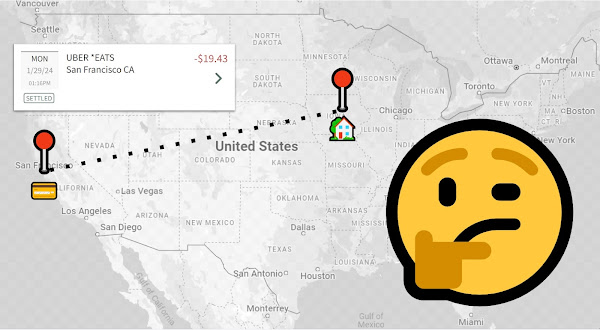The “Family 401(k)” is my all-time favorite family finance hack for parents seeking to help teens grow their wealth and investing IQ over decades. I’ve written and talked about the technique many times since 2011, and I’ve put it into practice with all 5 of my kids.
The Family 401(k) is a homespun version of the workplace 401(k) program commonly offered to employees. With a workplace 401(k), an employer kicks in extra money to help the employee build wealth in a tax-advantaged company sponsored retirement account. With a Family 401(k), parents kick in extra money to help their child grow wealth in a tax-advantaged individual retirement account known as a Roth IRA.
For the uninitiated, the quick recipe for the Family 401(k) is:




